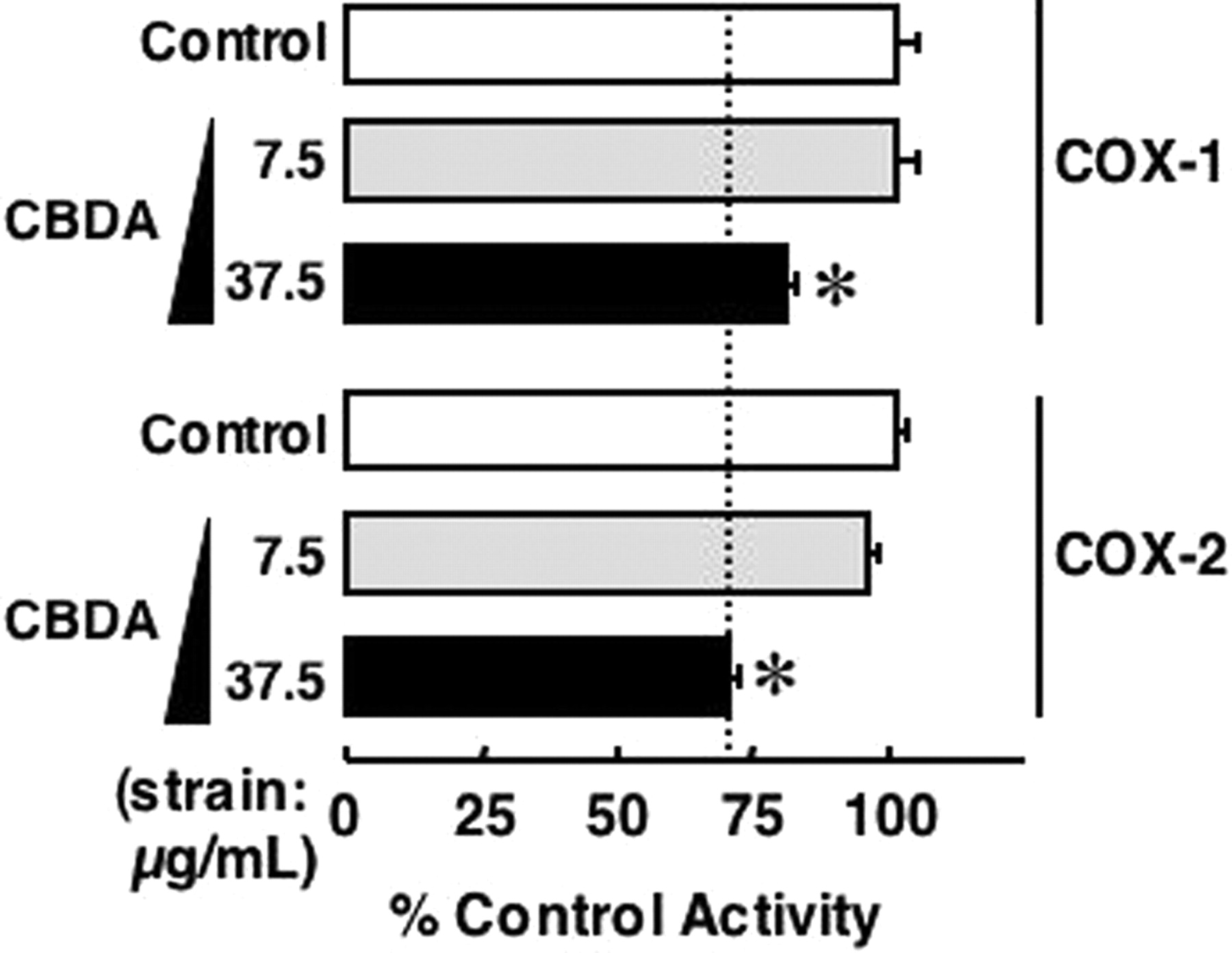Statview 5.0 Software Download


SAS Institute's StatView 5.0 • 10/01/01 The SAS Institute's StatView 5.0 statistical package is an outstanding statistical data analysis program that is appropriate for all levels of statisticians, from students beginning their study of statistics through professionals engaged in serious advanced analyses. The graphical user interface and elegant output make this statistics program a powerful teaching tool compared to other traditional spreadsheet programs and textbooks. Data entry is via a familiar spreadsheet format, with data definition being obvious and transparent to most new users. Data may be imported from Excel, SPSS or from other common file formats. Graphics are simply generated with a few clicks of the mouse, and the user controls every format aspect of output tables and graphics. StatView has distinct advantages over popular spreadsheet programs used in some beginning statistics classes. It is superior to spreadsheets and their add-ins for analyzing and graphing data.
IBM Fix List for DB2 Version 9. Linux, UNIX and Windows. Document information. More support for: DB2 for Linux, UNIX and Windows. Software version. Statview 5.0 is a favourite pick some people. Or WE fervently strongly suggest it. With the external first class measures of Original Software category, hence pulling. StatView 5.0.1 can import and export SAS transport data set files for use with the SAS System and the many other. StatView version 5.0 and higher. StatView Dataset (. ): platform-specific dataset files for Windows or Macintosh Stat. View version 4.1 and higher. If you've ever downloaded a file from the Internet.
Its user and statistical reference manuals, ease of use, common statistical terminology, analyses, graphics and commanding output exceed such programs as Excel. StatView is a cross-platform program, while Excel is platform specific. And StatView has a greater variety of analyses, graphics, formulae and routines than Excel. Installing Fonts Windows 7 Script Download. As a teacher educator, I have taught statistics to graduate students in education for years (three to six sections each year), and I have never used a program that students enjoy as much as they do StatView.
During the 2000 fall semester, I required my students to learn both Excel and StatView. After students learned to enter, analyze and graph data, they began comparing the two programs. My students found that using StatView required less than a quarter of the time necessary to accomplish such tasks as data definition, entry, analyses and graphics than in Excel.
My students preferred using StatView over most common spreadsheet programs, traditional textbooks and other statistical analysis programs. Many of them began using the program even though they lacked computer experience or computer skills. The ease with which my students learned to use StatView enabled them to focus on the what and the why of statistical concepts, analyses and graphics rather than on how to structure one task after another. Instead of focusing on data entry and how to write formulae for analyses, interpretation of output became critical. Visiting Professor New Mexico Highlands University, School of Education.
The SAS Institute's StatView 5.0 statistical package is an outstanding statistical data analysis program that is appropriate for all levels of statisticians, from students beginning their study of statistics through professionals engaged in serious advanced analyses. The graphical user interface and elegant output make this statistics program a powerful teaching tool compared to other traditional spreadsheet programs and textbooks. Data entry is via a familiar spreadsheet format, with data definition being obvious and transparent to most new users. Data may be imported from Excel, SPSS or from other common file formats. Graphics are simply generated with a few clicks of the mouse, and the user controls every format aspect of output tables and graphics.
Whitepapers • Imaging technology has dramatically affected the experience of K-12 teaching and classroom dynamics. From a time when the primary ways to relay information were verbal, via a blackboard or overhead projector, to the current array of computers, tablets, flat screens and projectors – deciding what to select can be complicated. Today there is a lot of focus on flat panels and projectors. However the big dilemma isn’t which technology to select, but how to support the right visual environments that help teachers teach and students learn. Whether the pedagogical style is sage on a stage, guide by the side, flipped classrooms, display-based or constructivist, getting everyone on the same page and keeping focus are key components in supporting student comprehension.